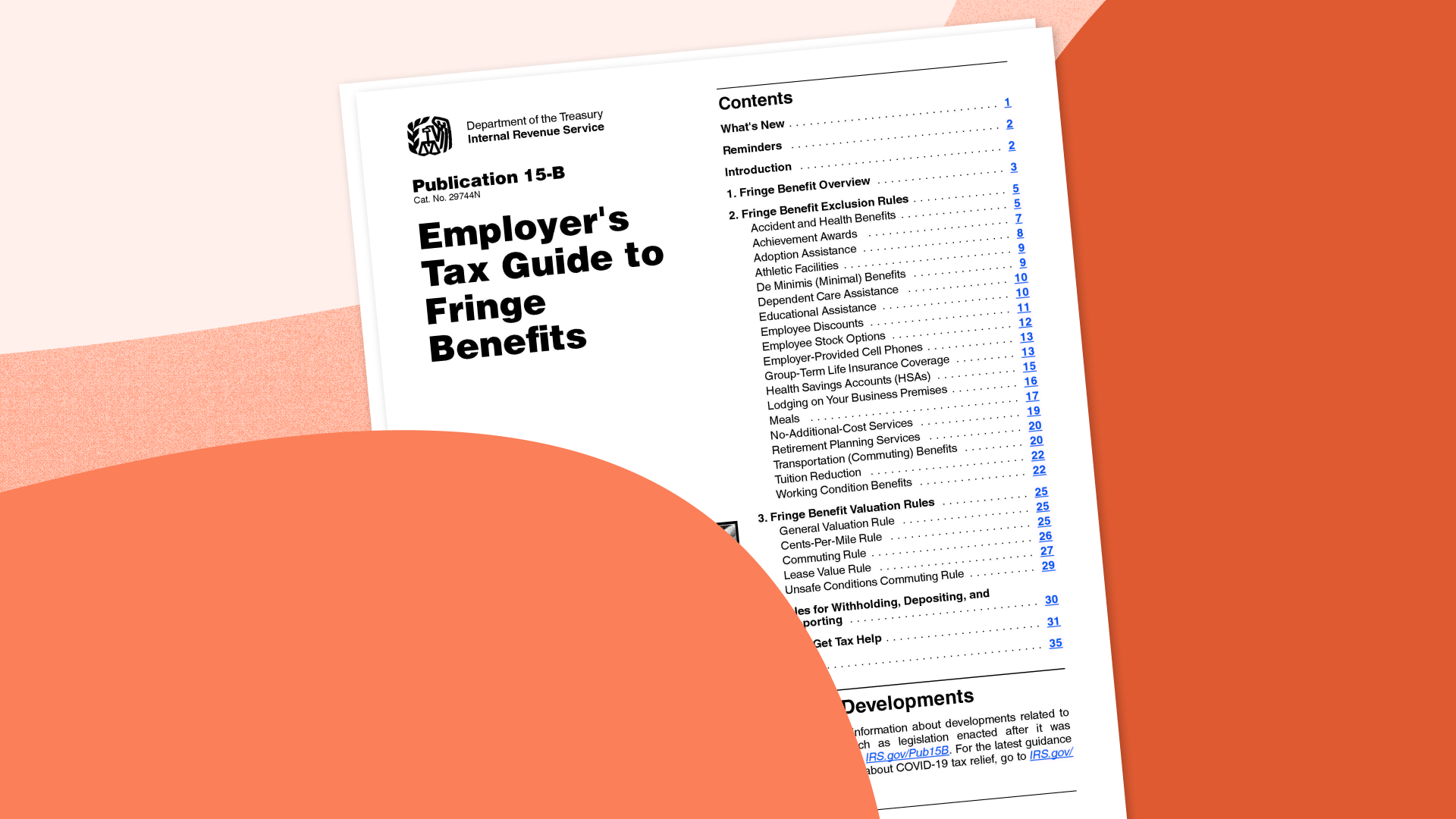The minimum wage has been a hot topic in recent years, with many states and cities increasing their minimum wage to keep up with the rising cost of living. But what can we expect in the future? In this article, we'll take a look at the projected minimum wage by state in 2024 and what factors may influence these changes.
Why Is the Minimum Wage Important?
The minimum wage is the lowest amount that an employer can legally pay their non-exempt employees for hours worked. It is set by the federal government, but individual states and cities can choose to set their own minimum wage, as long as it is equal to or higher than the federal minimum wage.
The minimum wage is important because it sets a standard for fair pay and helps to ensure that workers are able to meet their basic needs. It also has a significant impact on the economy, as it affects consumer spending and business profitability.
State Minimum Wage vs. Federal Minimum Wage
Currently, the federal minimum wage is $7.25 per hour, but many states have set their own minimum wage, which is often higher than the federal rate. In fact, 30 states and the District of Columbia have a minimum wage higher than the federal rate.
Some states, such as California and New York, are already partly or fully above the minimum wage set to $15 per hour. Other states, like Florida, Virginia, and Nebraska, have recently voted to increase their minimum wage to $15 per hour by 2026.
To find the specific minimum wage for each state, you can refer to the official websites of the individual state labor departments or the U.S. Department of Labor's website, which provides information on the minimum wage rates by state. It's important to note that the minimum wage can change over time, so it's always a good idea to check for the most up-to-date information.
Which States Are Increasing to $15 Minimum Wage?
The following states have passed legislation to reach a $15 state minimum wage over the coming years. Note: this is a non exhaustive list.
Delaware (2025)
Illinois (2025)
Rhode Island (2025)
Florida (2026)
Hawaii (2026)
Nebraska (2026)
Virginia (2026)
Minimum Wage Projections for 2024
According to projections by the National Conference of State Legislatures (NCSL), the minimum wage is expected to continue to increase in many states over the next few years.
The states with the highest statewide minimum hourly wage in 2024 are California ($16.00), Connecticut ($15.69), and Washington ($16.28). Many localities, including the District of Columbia with a minimum hourly wage of $17.00, have even higher minimum wage rates. On the other end of the spectrum, states like Georgia, Wyoming, and Alabama have a minimum wage of $7.25 per hour, the same as the federal rate.
Factors Influencing Minimum Wage Changes
Several factors can influence changes in the minimum wage, including inflation, cost of living, and political climate. Let's take a closer look at these factors and how they may impact minimum wage projections for 2024.
Inflation
Inflation is the general increase in prices for goods and services over time. As the cost of living increases, the minimum wage must also increase to ensure that workers can afford basic necessities. This is why many states and cities have chosen to increase their minimum wage in recent years.
Inflation is expected to continue to rise in the coming years, which may lead to further increases in the minimum wage. However, the rate of inflation can vary from state to state, so it is important to consider other factors as well.
Cost of Living
The cost of living is another important factor to consider when projecting minimum wage changes. The cost of living can vary significantly from state to state, with some areas having a much higher cost of living than others.
States with a higher cost of living, such as California and New York, may continue to increase their minimum wage to keep up with the rising cost of living. On the other hand, states with a lower cost of living, like Alabama and Mississippi, may not see as much of an increase in their minimum wage.
Political Climate
The political climate can also play a significant role in minimum wage changes. In states where there is a strong push for workers' rights and fair pay, we may see more significant increases in the minimum wage.
On the other hand, states with a more conservative political climate may be less likely to increase their minimum wage. This can be seen in states like Texas where the minimum wage is currently $7.25 per hour and there are no plans to increase it in the near future.
How Will Minimum Wage Changes Affect Businesses?
One of the main concerns surrounding minimum wage increases is how it will affect businesses, particularly small businesses. While it is true that an increase in the minimum wage can lead to higher labor costs for businesses, there are also potential benefits.
For example, when workers are paid a fair wage, they are more likely to be satisfied with their job and have higher levels of productivity. This can lead to better employee retention, better customer service, and increased sales for businesses.
Additionally, when workers are paid a fair wage, they are more likely to spend their money in the local economy, which can benefit small businesses. This can create a positive cycle of economic growth and stability.
What Can Businesses Do to Prepare for Minimum Wage Changes?
Businesses can take several steps to prepare for minimum wage changes in their state. These include:
Budgeting for Increased Labor Costs
Businesses should start budgeting for increased labor costs now, even if their state's minimum wage is not projected to increase until 2024. This will help them to avoid any financial strain when the changes do take effect.
Increasing Efficiency
To offset the increased labor costs, businesses can focus on increasing efficiency and productivity. This can include implementing new technology, streamlining processes, and cross-training employees.
Offering Additional Benefits
In addition to paying a fair wage, businesses can also offer additional benefits to their employees, such as health insurance, paid time off, and retirement plans. This can help to attract and retain top talent, even in a competitive job market.
The minimum wage is expected to continue to increase in many states over the next few years, with more states projected to have a minimum wage of $15 per hour by 2026. Factors such as inflation, cost of living, and political climate can influence these changes.
While businesses may be concerned about the impact of minimum wage increases, there are potential benefits, such as increased productivity and consumer spending. By preparing now and implementing strategies to increase efficiency, businesses can successfully navigate minimum wage changes and continue to thrive.
How Justworks Can Help with Compliance
Justworks Payroll and Justworks PEO are great options for small businesses across the country looking for payroll solutions, along with competitive employee benefits. Not only does Justworks Payroll offer automated payments, tax calculations, and withholdings, but it’s also perfect for teams with salaried, contracted, or hourly workers.
From maintaining a happy workforce to staying on the right side of the law, the benefits of accurate payroll extend far beyond mere financial transactions. It’s about building a solid foundation for your business to thrive and grow. If you're ready to explore how Justworks can help, get started today.
Learn more with Justworks’ Resources
Scale your business and build your team — no matter which way it grows. Access the tools, perks, and resources to help you stay compliant and grow in all 50 states.







